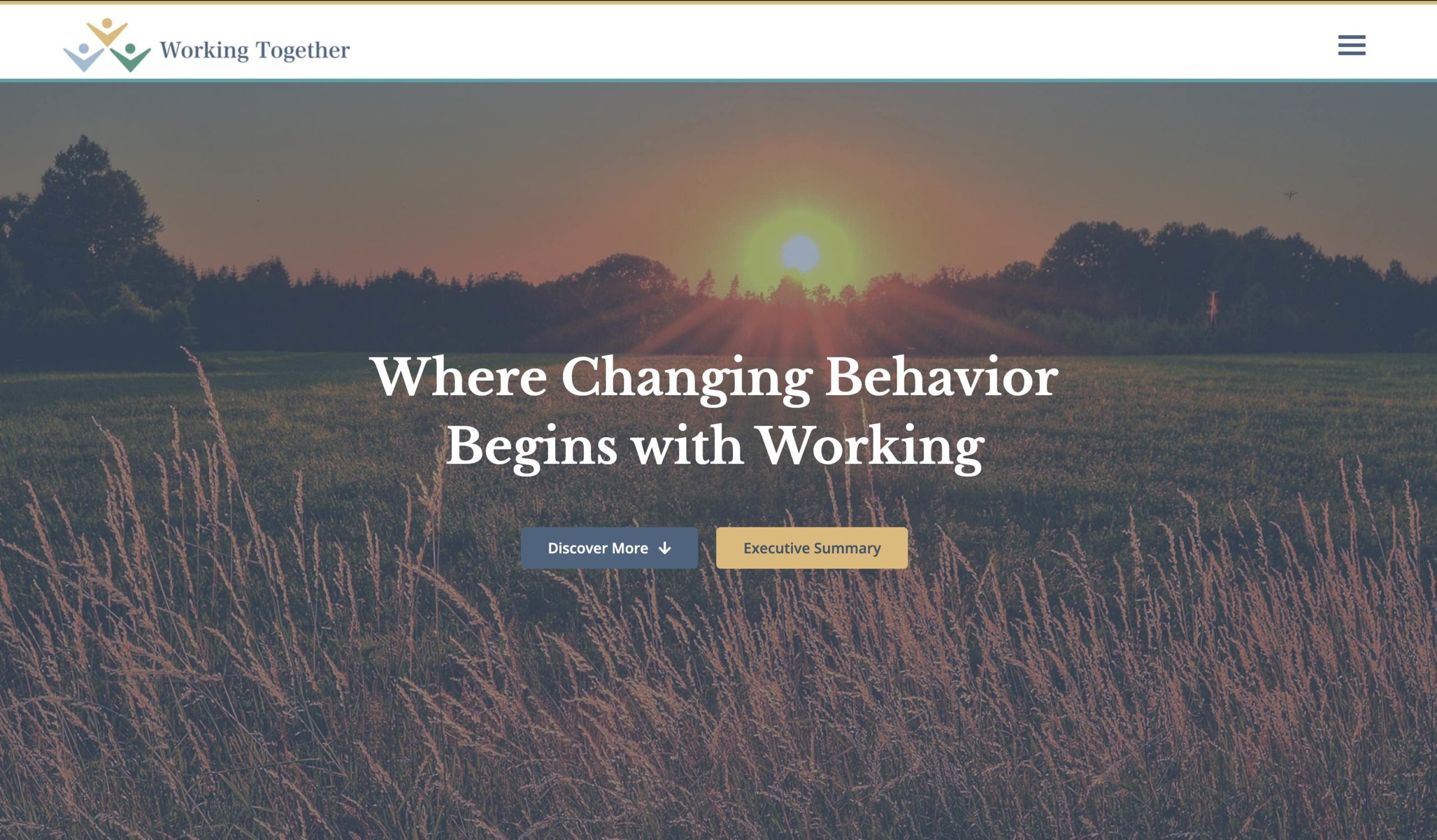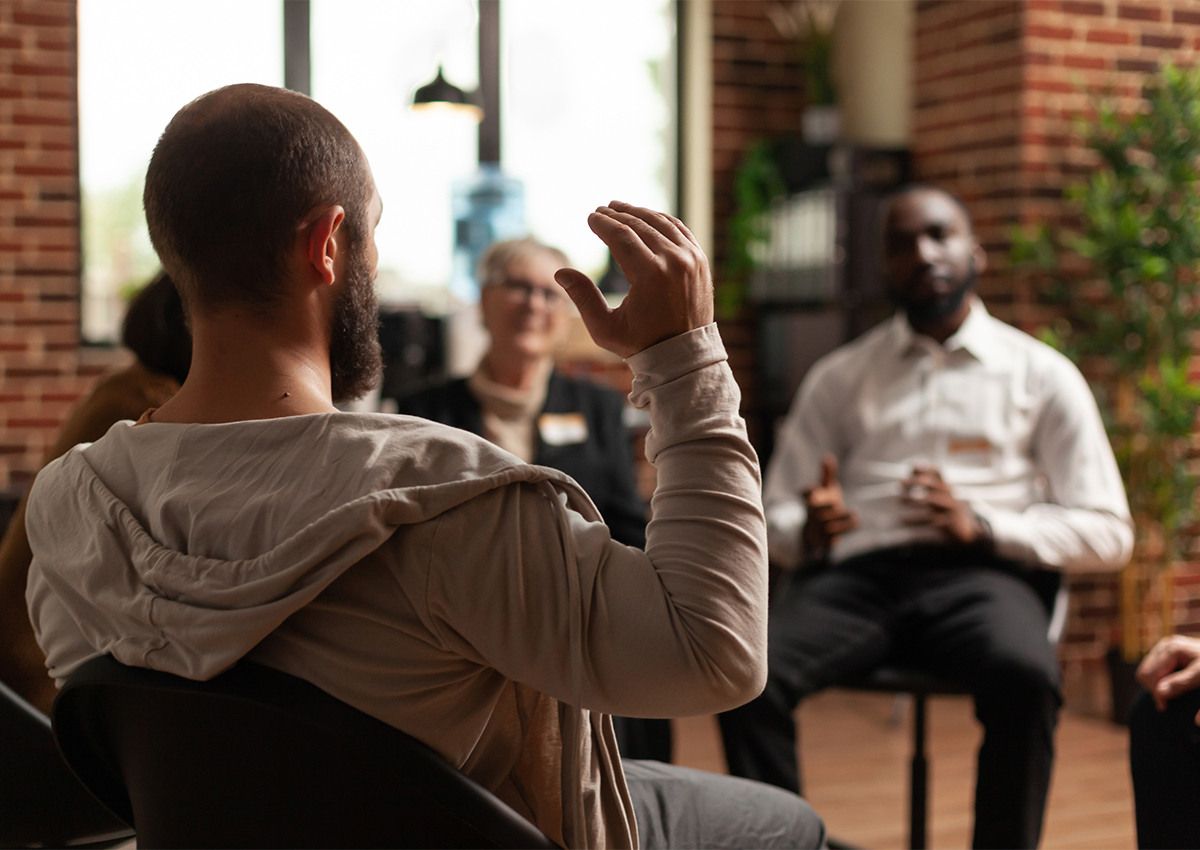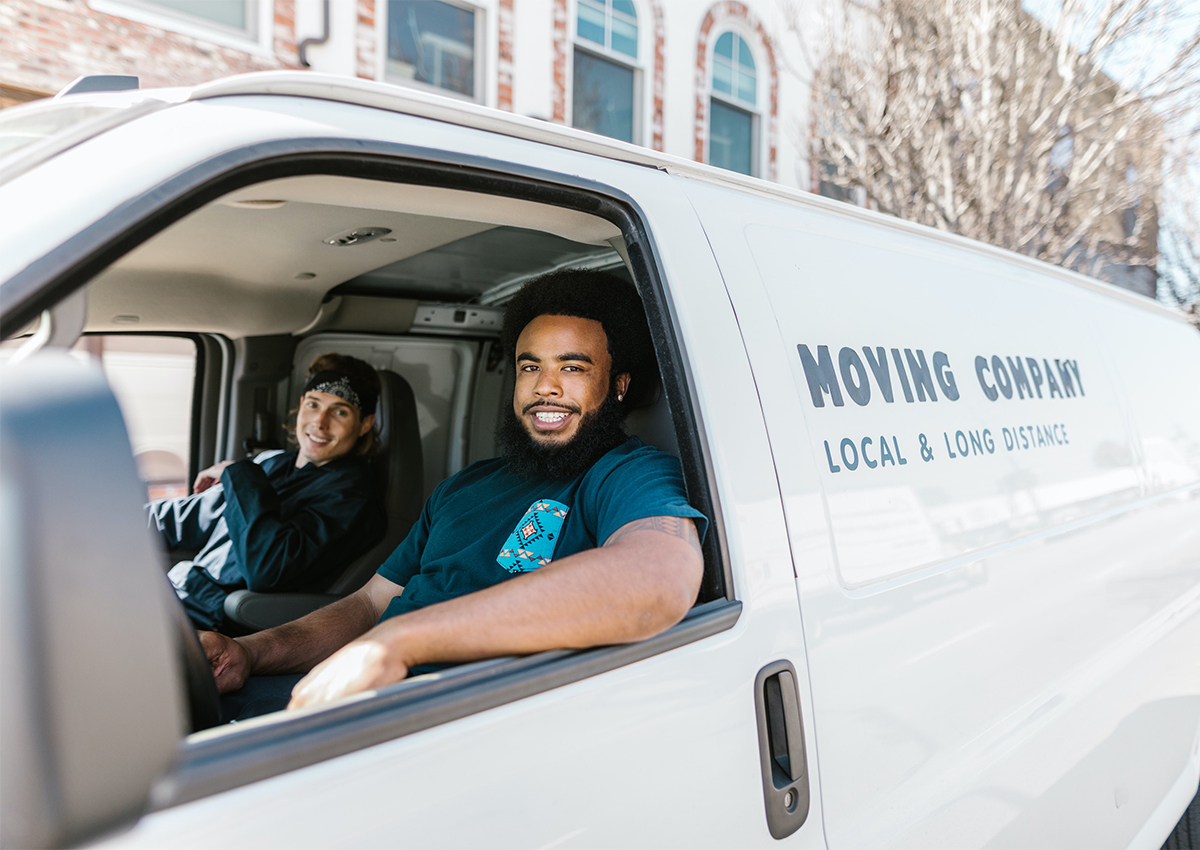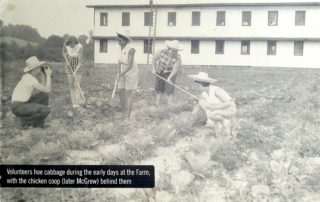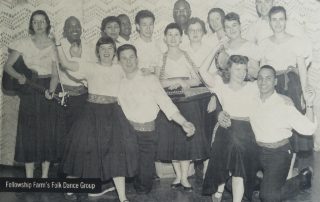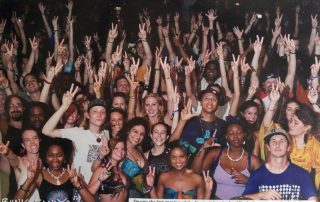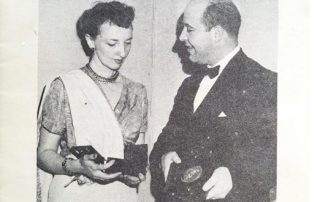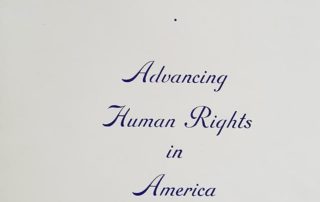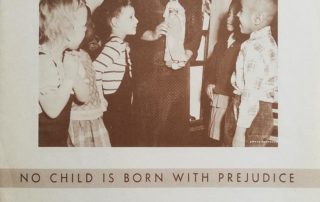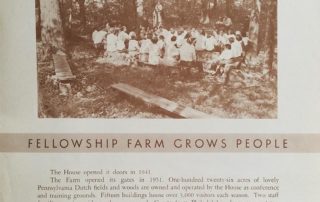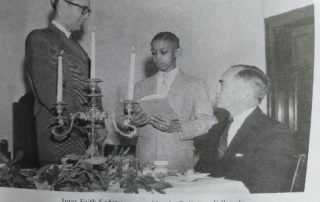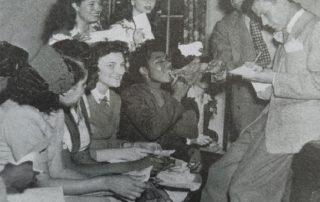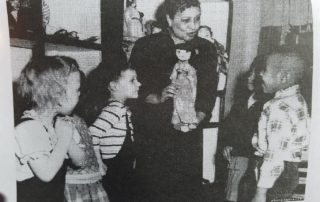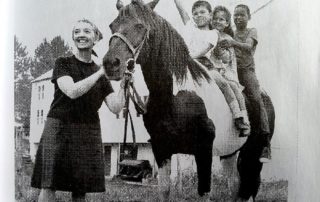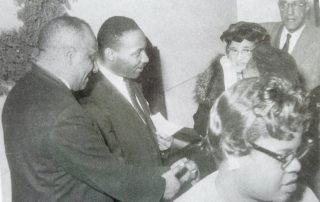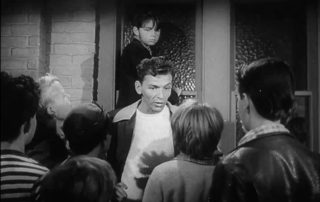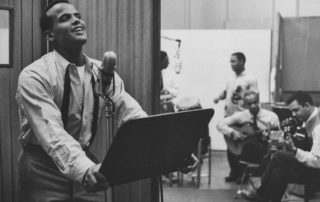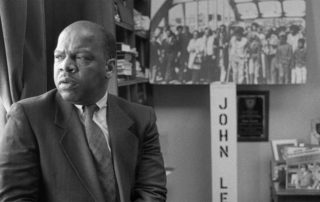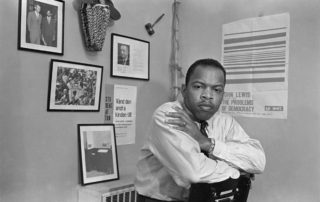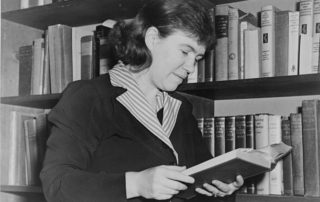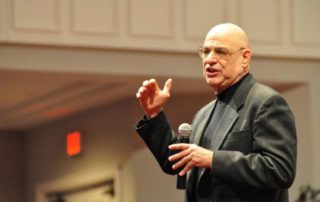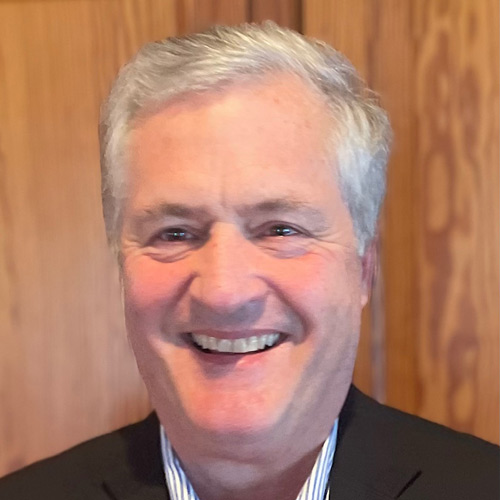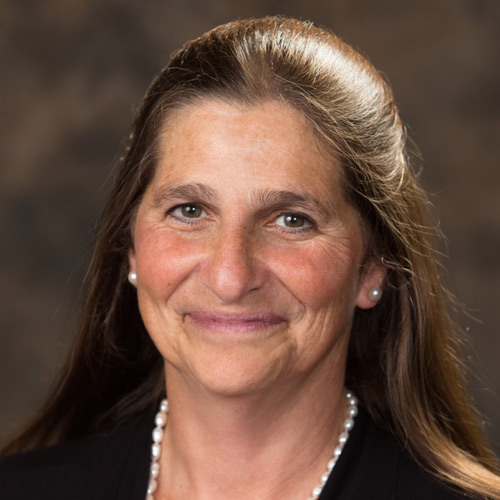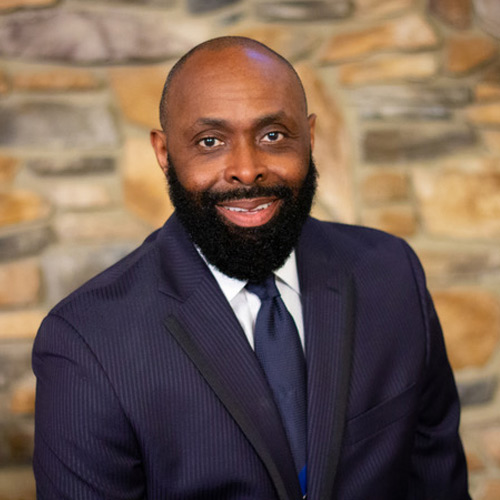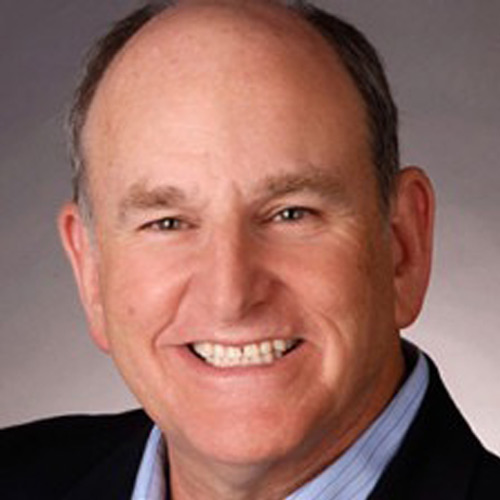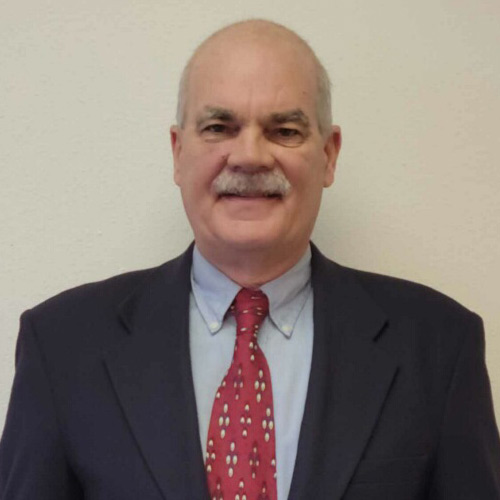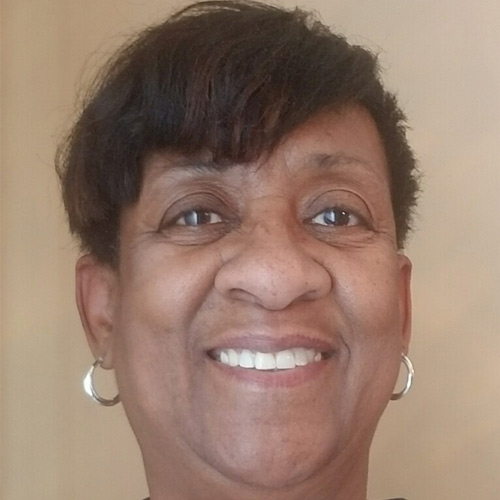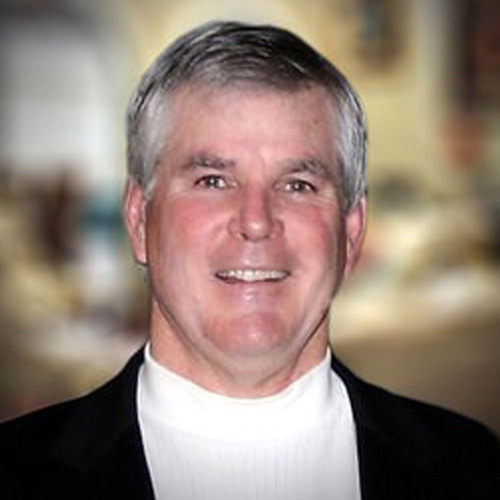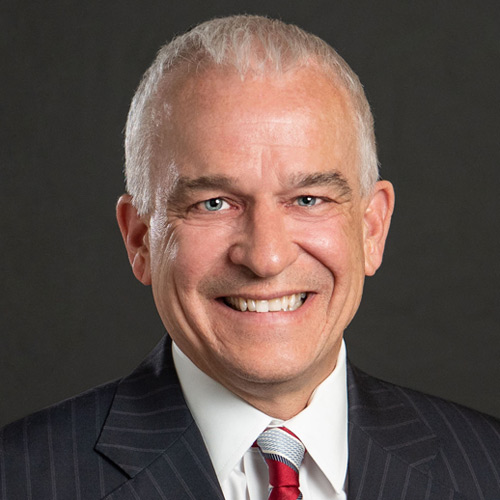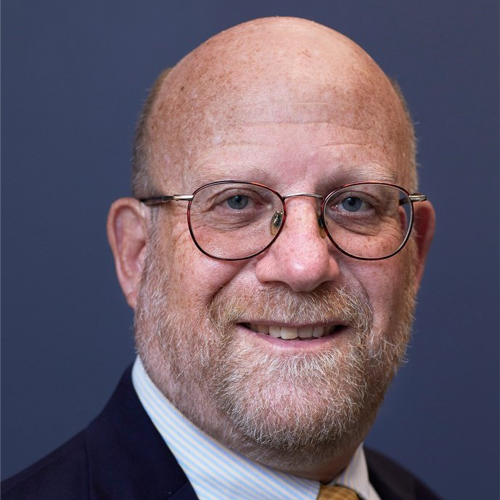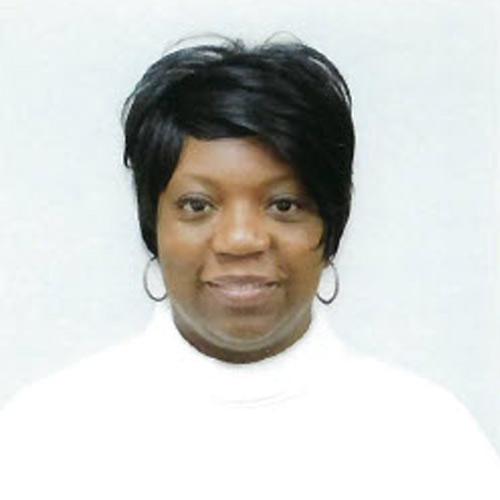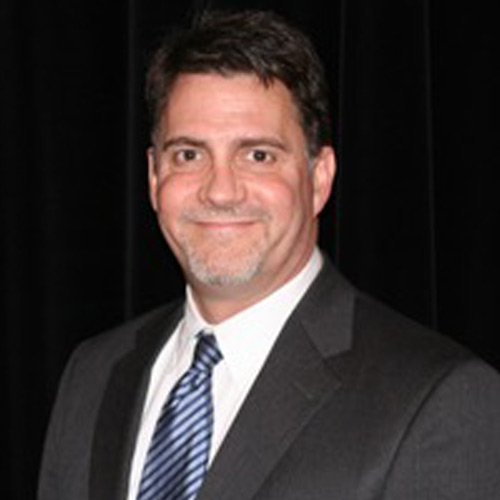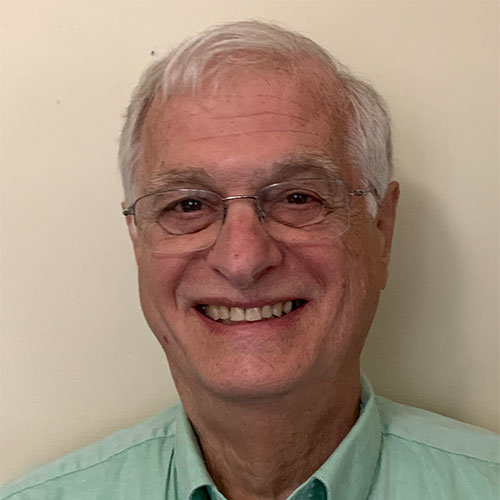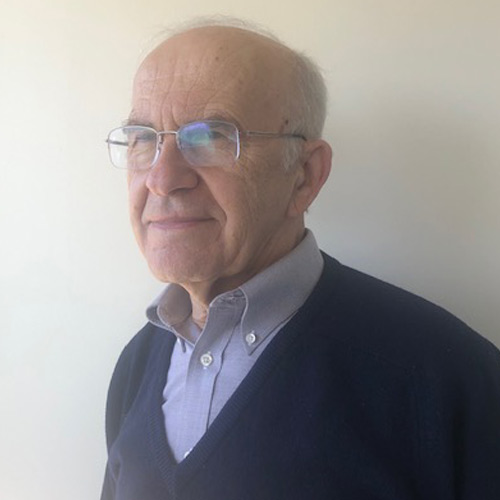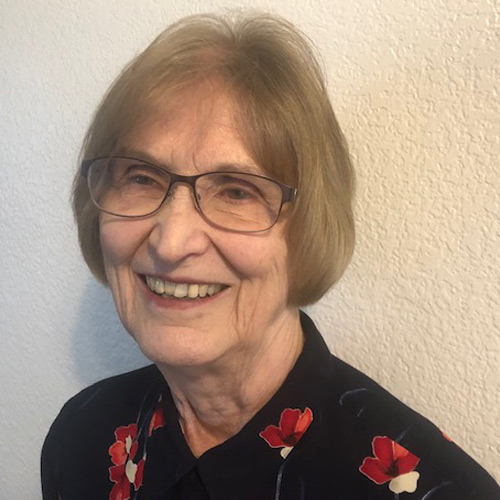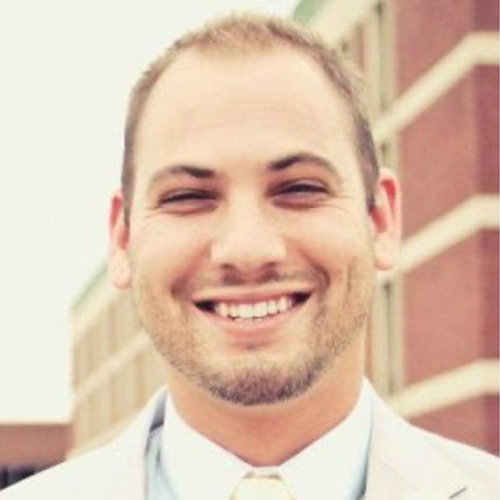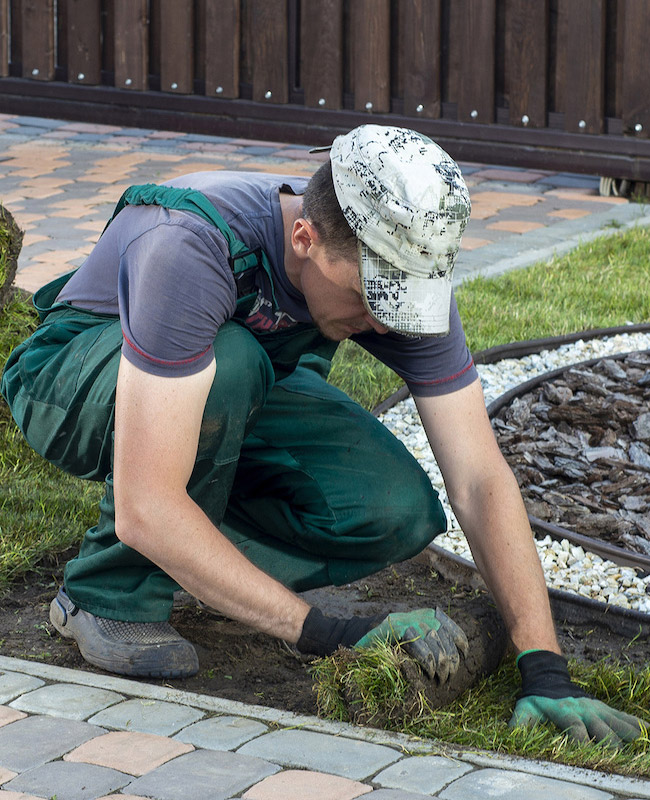
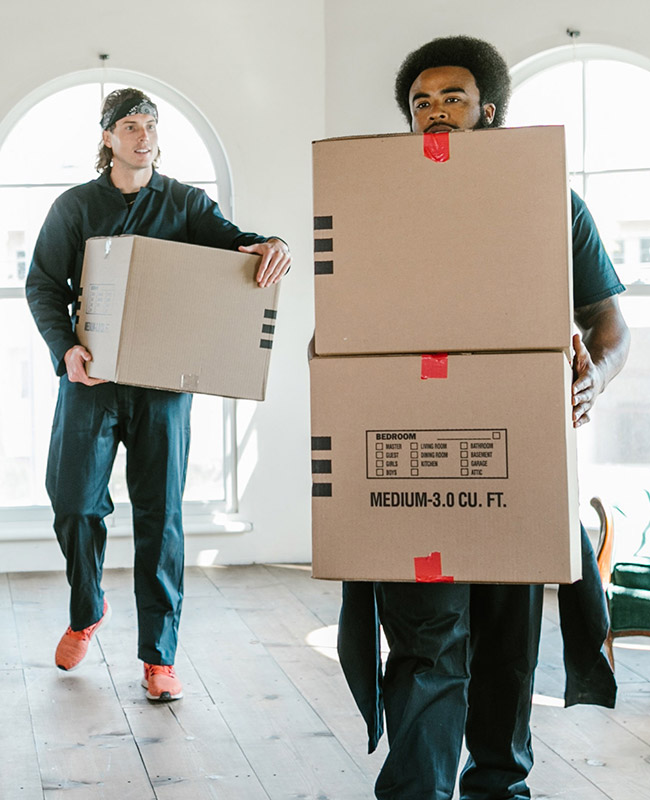

Offering a hand up, not a hand out.
Working Together (“WT”) can be characterized as a self-help residential community for people who have hit bottom and have the desire to turn their lives around. The minimum stay will be two years and we anticipate many will stay 3-4 years until they ‘graduate’ into independent living while already working in a full-time job (that was secured for them while living in residence in the Working Together community). We embrace the principles of the therapeutic community where individuals are encouraged to engage in the journey of their recovery as participants or partners, not as patients. Working Together is not a rehab or a drug/alcohol treatment facility in the traditional sense, where participants spend all day every day as patients in educational classes, training, and counseling.
We characterize our residents as students. Although our students will eventually have the opportunity (after the 4-6 month orientation period) to participate in one session per week of individual therapy and group therapy (that may taper off over time), counseling will not be the primary focus. Our students will work full-time five days a week in one of our social enterprises. They will receive initial training in a classroom environment and then transition to learning job and life skills while ‘on the job.’ While living in community, our students will have the opportunity to examine their dysfunctional behaviors and create new ones. With daily chores, working in one of the social enterprises, learning life and job skills, participating in psychotherapy, exercising and playing sports, and exploring the opportunities to learn a hobby or play a musical instrument, residents will be busy – and that is the goal.
How We Started (1 of 6)
People have often asked me, what is the source of your passion to help people who have hit bottom? Where did it come from? It started 15 years ago at my church, when I would cook and serve dinner once or twice a month for a group of people who were identified as ‘homeless.’ There were a few who were actually ‘living under the bridge’ or in cardboard boxes that are what most of us would characterize as homeless. The majority, on the other hand, were “couch surfing” moving from one friend or family member to another until they wore out their stays and were asked to leave. Alternatively, they were moving from shelter to shelter that had maximum length of stay limitations. What I discovered was this population were in many ways just like the rest of us.
They had hopes and dreams. They had friends. They enjoyed good food and company. And yes, they often had significant unsolved problems that were severe. Some had spouses and children. A few had college degrees and at one time, good jobs. But somewhere along the way they got sick, lost their job, committed a crime, or made some bad choices that started the long slow slide into substance abuse and eventually homelessness. Many of these people touched my heart and I came to know them and embrace them I actually don’t remember who told me, but he or she said, “You’ve got to check out the Delancey Street Foundation.” And I did. It forever changed the direction of my life.
On mobile? Swipe left to continue reading.
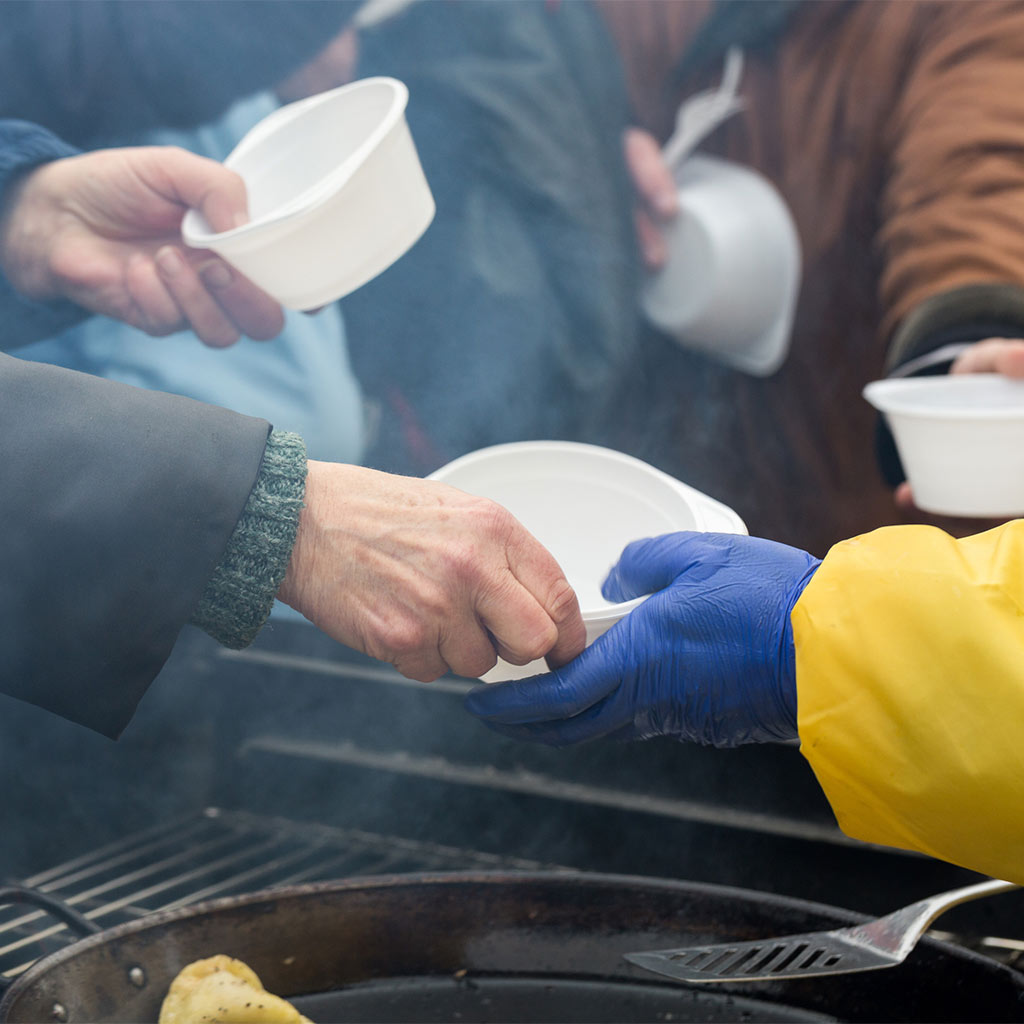
How We Started (2 of 6)
I went to a three-day training at the San Francisco location of The Delancey Street Foundation where I had the opportunity to talk with at least fifty of their residents. For three meals a day, I sat with 5-6 different people and heard their stories. “Hi, I’m Juan, I was one of the Crips. I’m Carol, I was a prostitute. I’m Bob, I was in prison for armed robbery and got an early release to come here. I’m Joe, I was one of the Bloods. I’m Barb, I was living in a tent under the Dumbarton bridge.” People were anxious to tell their stories, share their burdens, or relay their hope. Many had some version of a story that relayed they were surprised at what they found when arriving at Delancey Street. They thought they were coming to some crummy rehab. “This place is unbelievable. The food is great, the people are trying to help me. I said to myself, I’m never going to have a better chance. I gotta get serious about changing my life.”

How We Started (3 of 6)
I spent three days digging into their structure and understanding the Delancey model of recovery. It was truly amazing. Every resident went to work full time after the 4-6 month ‘immigration phase.’ They embraced the philosophy of ‘each one-teach one’ where every person, no matter how much time they had at living at Delancey Street, were seen as having value. The person who had been there for two weeks would walk the new guy through on their first day. Those who had been there six months would help guide those in the first few months, etc. Everyone had value and each individual was encouraged to develop a measure of self-reliance and self-worth. They learned life and job skills and how to engage in community where people were gaining a measure of dignity for themselves.
Upon acceptance all the men got haircuts and were clean-shaven. The women were required to remove all make up. Clothing was provided, and the first focus was to turn around street and/or gang images while developing new self-concepts. The first few months of work were focused on maintenance jobs such as cleaning the facilities or cleaning up after meals. Residents were allowed to write immediate family members after 30 days, and make a call after 90 days; however, they were generally encouraged to spend their time and energy in the ‘integration phase” getting to know those around them and becoming involved in their new environment. Following that, letters, phone calls and visits were earned along with responsibilities and rewards.
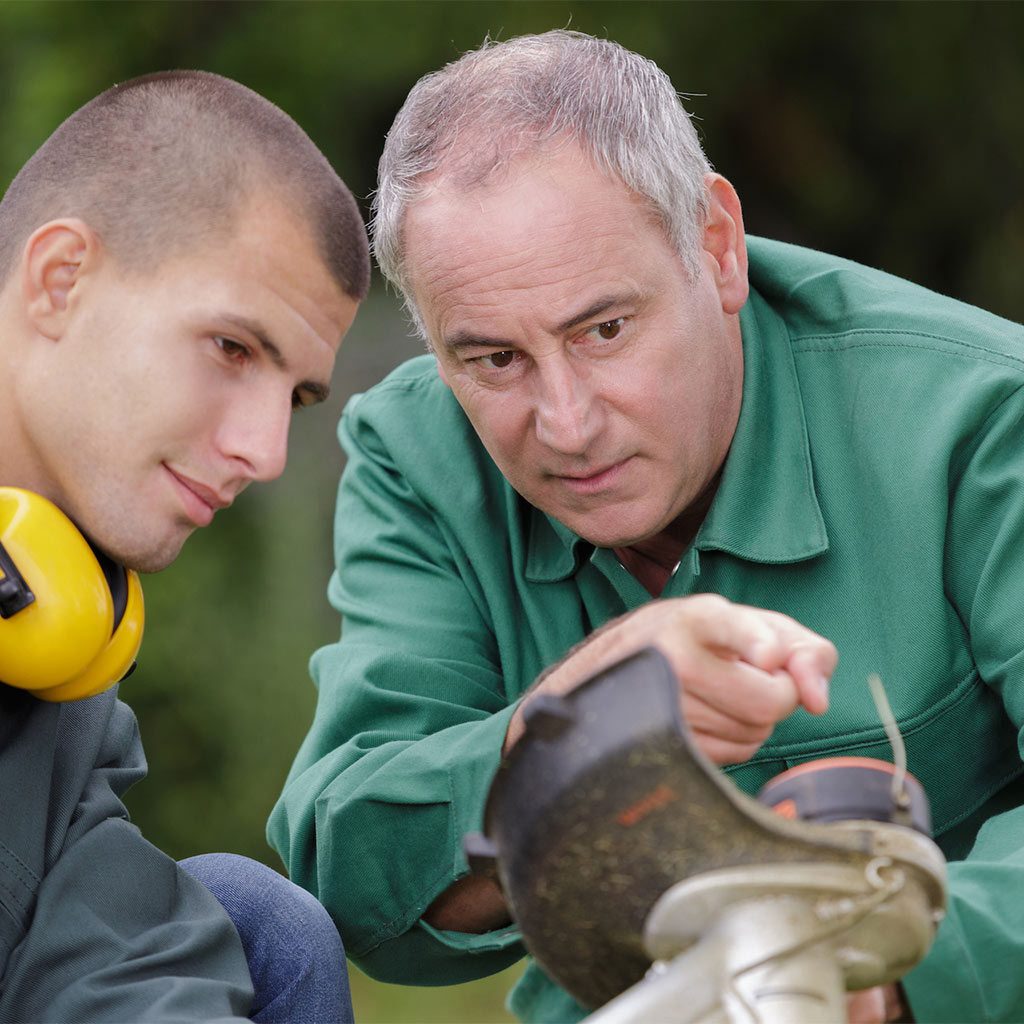
How We Started (4 of 6)
Eventually every person goes to work in one of the Delancey’ social enterprises. I found out that approximately 95% of their operational expenses were covered from the work of the residents in these social enterprises. These people were actually funding their own recovery. As a business person, I loved the model of sustainability, not having to rely on gifts or government funding to pay for operational expenses or be at risk if funding dried up. I came home full of ambition and hope and formed a 501(c)3 and named it Working Together. We developed the philosophical underpinnings of ‘offering and hand up, not a hand out’ and ‘where changing behavior begins with working.’ We built a Board of Directors and signed an agreement to acquire a property. Soon thereafter, my wife and I had a life-changing medical breakdown with our youngest son. Everything was put on hold for over ten years.

How We Started (5 of 6)
During the last ten years, I came to understand something in my own journey in recovery from drugs and alcohol (that started 35 years ago). I started to understand more about trauma and its connection to addiction. Over the years, I had the opportunity to listen to thousands of stories of recovering addicts and alcoholics at meetings of Alcoholics Anonymous. A consistent theme emerged. I came to believe that the origins of substance abuse were often directly related to some unrelated form of trauma. The thought emerged to add trauma-informed individual and group therapy to the Working Together model. I believe it is one thing to develop self-esteem, to learn life and job skills, and to become a self-sustaining productive member of society. It is another to deal with the deep pit of one’s soul that is connected to trauma, and specifically the childhood trauma of physical and sexual abuse at the hands of a primary caretaker.
In 2017, I entered the doctoral program at Eastern University outside Philadelphia. I have completed all the course work, and after completing my doctoral dissertation, I anticipate graduating with a doctoral degree in Marriage and Family Therapy (with an emphasis on trauma) in late 2025.
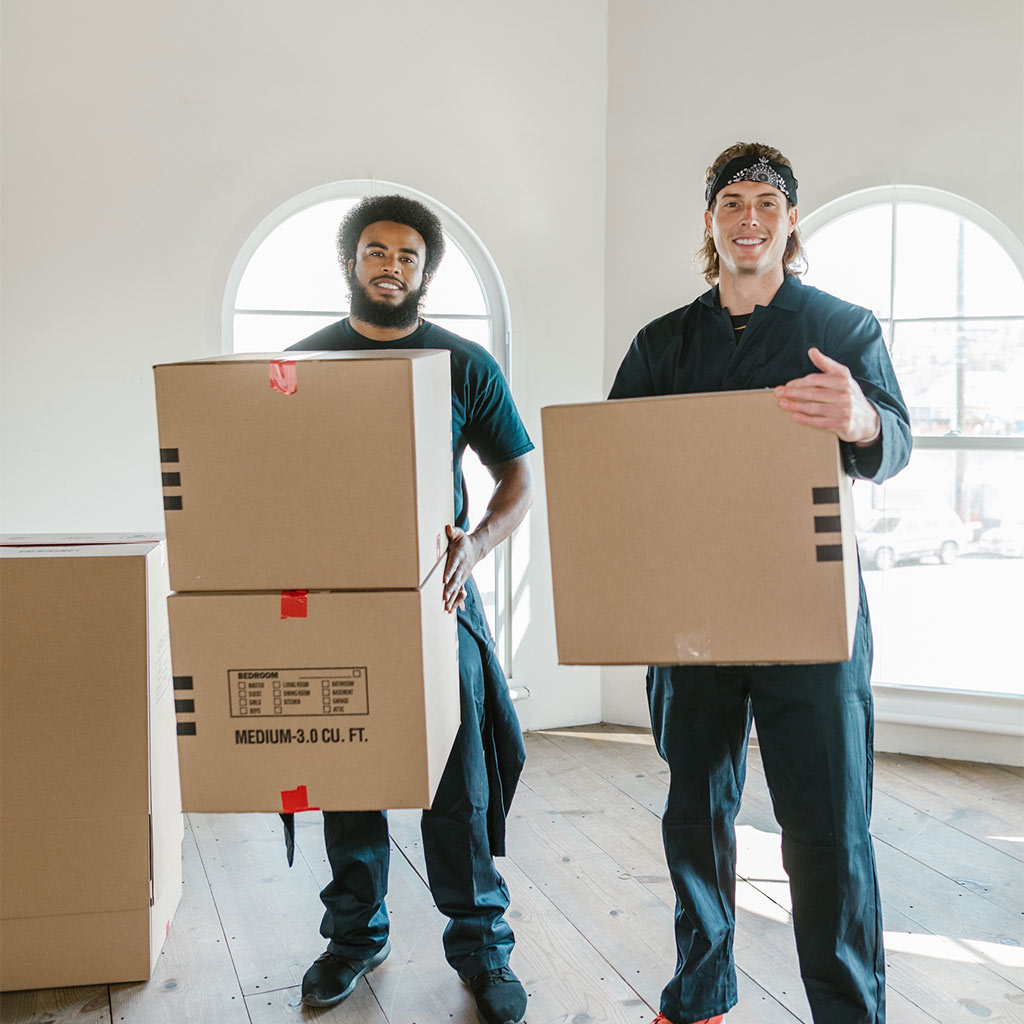
How We Started (6 of 6)
Three years ago, a good friend relayed that the Fellowship Farm property in Pottstown, PA was for sale. I had seen the property and was familiar with the nonprofit and its’ rich history of racial and social justice, experiential learning, and learning in action. The property featured a ropes challenge course in the woods, two beautiful country stone houses, an office, and a dining hall that could seat 150 people that included a commercial kitchen. Situated on a beautiful wooded 120-acre parcel, it was remote and perfect for our needs. Eventually, we acquired the property and began restoring it in 2021, as it had been lying fallow and unoccupied for ten years. We anticipate opening with our first 22 students in the second quarter of 2024.

Executive Director
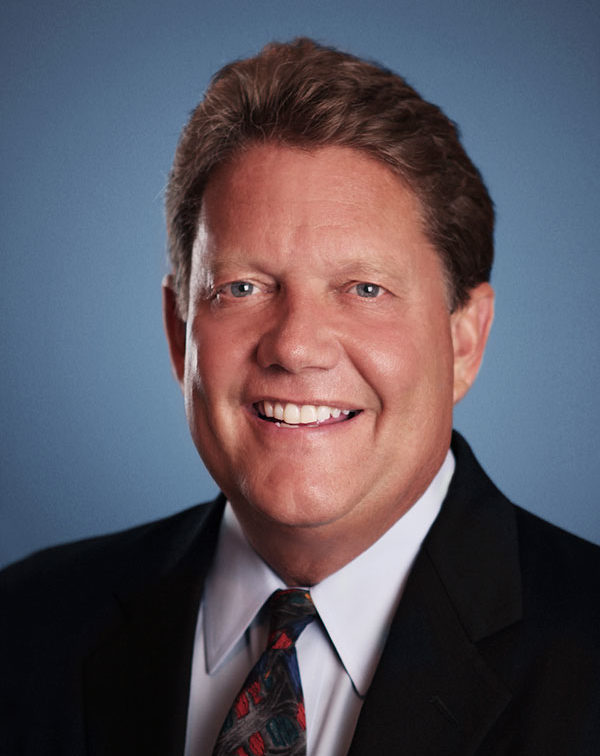
Ted Edwards is the Executive Director of Working Together. He has a BA in Economics from Hobart College, a Masters in Theology from Palmer Seminary, and anticipates graduating with a doctoral degree in Marriage and Family Therapy from Eastern University in the latter part of 2024.
Recycling In his first company, Ted was the CEO of Edwards Enterprises, Inc., a firm that recycled 40,000 tons of paper and plastic waste from industry. They baled commodity grades of paper scrap in their Downingtown operation and in their Phoenixville operation, they ground plastics. They shipped their products in a 25-state area and exported to the far east and Europe. In the eighties, the company qualified to be in The INC 500 (Incorporated magazine) fastest growing companies in the U.S.
Treasure Hunting As the CEO of International Marine Salvage Mr. Edwards was the first American in Somalia after the conflict in the early nineties. He met with the famous Somalian leader General Aideed to forge an agreement to search for a shipwreck in Somalian waters. They found and recovered The Meikong, a shipwreck sunk off the Horn of Africa in 1861. They recovered 1000-year-old statues from the Cham period of French Indo China. Edwards then formed International Recovery, a recovery operation in the Philippine Islands attempting to dig up gold and gemstones buried on land during the Japanese occupation of the Philippines during WW II.
Investment Banking Ted was the CEO of Edwards Associates, Inc., an investment banking and consulting firm. He raised $40 million dollars for seven start-up companies where he assisted with putting boards together for the companies and consulted with the CEO in a few of them. See video of Jim Gibbons below.
Proprietary Lens Technology Mr. Edwards was also the CEO of ChromaGen Vision LLC, a company formed to distribute the world-wide rights to the proprietary ChromaGen lenses, which provide a solution to color blindness and reading problems associated with dyslexia.
Working Together In the last five years, Ted has been pursuing his doctoral degree in Marriage & Family Therapy and starting the non-profit Working Together. Working Together anticipates opening in May of 2024 with their first 22 students.
Ted Edwards,
Executive Director
Ted Edwards is the Executive Director of Working Together. He has a BA in Economics from Hobart College, a Masters in Theology from Palmer Seminary, and anticipates graduating with a doctoral degree in Marriage and Family Therapy from Eastern University in 2022.
Jim Gibbons,
CEO of Seattle Shellfish LLC
Ted Edwards was a co-founder of Seattle Shellfish with Jim Gibbons 25 years ago. Mr. Gibbons is also member of the Business Advisory Board. “Ted has been instrumental in my growth as an individual and businessperson. He’s a natural leader, he inspires confidence in people, he always comes from a positive place.”
Jim Ford, Former Executive
Director of Good Works, Inc.
Ted Edwards was one of three founders of Good Works in 1988, which is now the largest independent non-profit in Chester County, PA. “Ted is a man of integrity. He does what he says he is going to do. He is going to tell you the truth, he is going to do what is best.”
Mission & Vision
Holistic Approach to
Healing & Recovery
Mind
Students will engage in a variety of contexts to expand their minds. Some will have literacy issues that will benefit from volunteers from the local community who will teach reading skills (which will eventually be replaced by students who are further along in recovery). All our students will engage in classroom style education and workshops offered by WT. The leaders of Working Together, who will also be ex-convicts and addicts in recovery, will play an integral role in this process. Residents will learn life and job skills, pro social behaviors, and healthy ways to express anger and frustration. There will be a particular focus on interactive and experiential training ‘in community.’ As most were already lost in substance abuse in their early years, the majority of our students will not have had the opportunity to engage in a hobby or learn a musical instrument. There will be time allocated/scheduled for all students to participate in a variety of hobbies (wood/metal shop, painting, candle making, sewing & quilt making, gardening, macramé, and wood carving, etc.). There will also be the opportunity to learn a musical instrument or voice instruction.
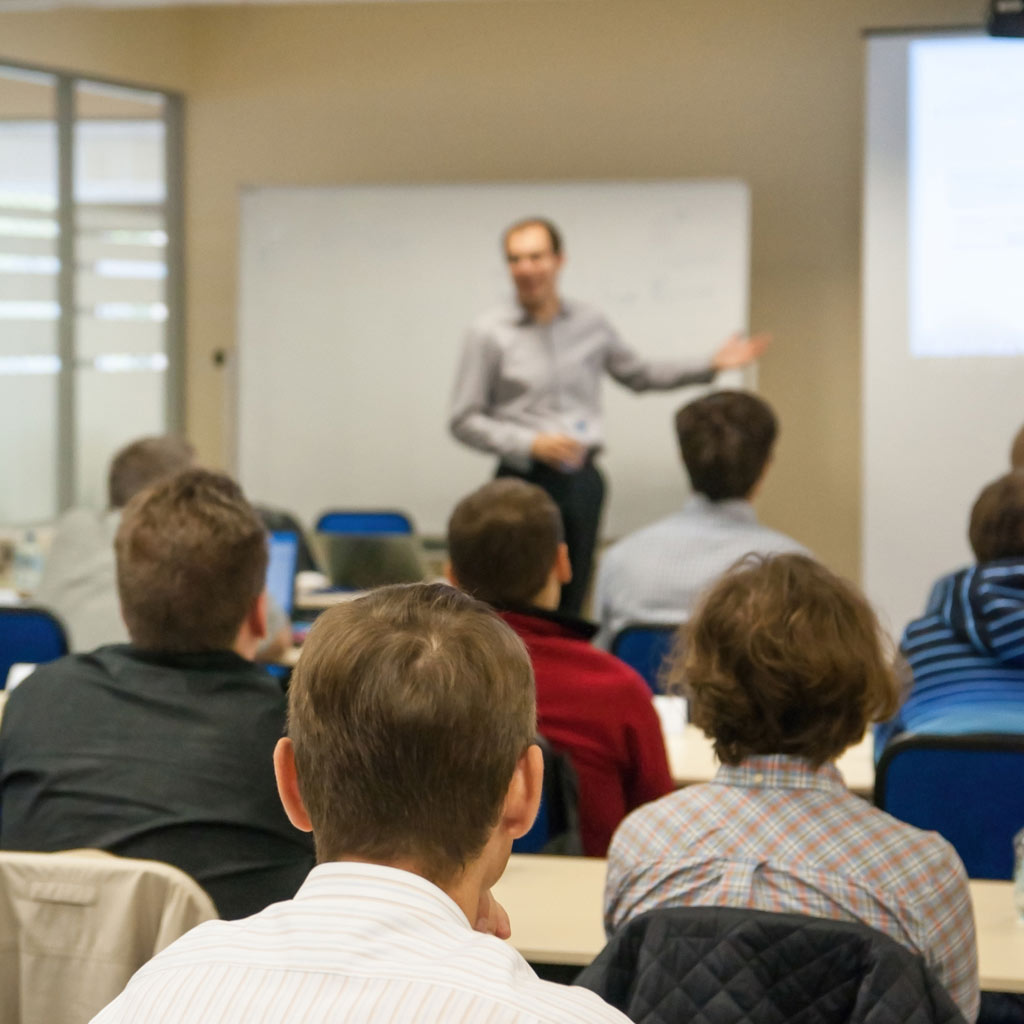
Holistic Approach to
Healing & Recovery
Body
There is considerable evidence that consistent exercise is a valuable pursuit and a healthy outlet to reduce stress, tension, and frustration. Most of our students will never have had the opportunity to learn or play an organized sport. Working Together will eventually have a soccer field, volleyball courts, a softball field, and tennis courts. Working Together has identified a person willing to teach tennis who has a fully developed program designed to work with people in recovery. We have enclosed an existing pavilion that will serve as our interim exercise room facilities until the Recreational Center is constructed. See more detail in Future Plans below.

Holistic Approach to
Healing & Recovery
Spirit
Although the executive director of Working Together has a seminary degree and professes a Christian faith, he believes that each person should have the opportunity to pursue their own chosen pathway to Spirituality. Bill Wilson and Bob Smith, the founders of Alcoholics Anonymous, were both Christians but did not proselytize about their faith. They developed the concept of a higher power suggesting that anyone desiring to recover from drugs and alcohol abuse would benefit from forming a belief in a power greater than themselves. In the same fashion, all residents of Working Together will be encouraged to engage in a spiritual pathway. There will be space allocated on Sundays for non-denominational worship services. There will be Bible studies during the week for those who might be interested. There will also be the opportunities to learn about other faith traditions, if students wish to pursue other spiritual pathways. Mindfulness and meditation exercises and practices will be available and will be encouraged.
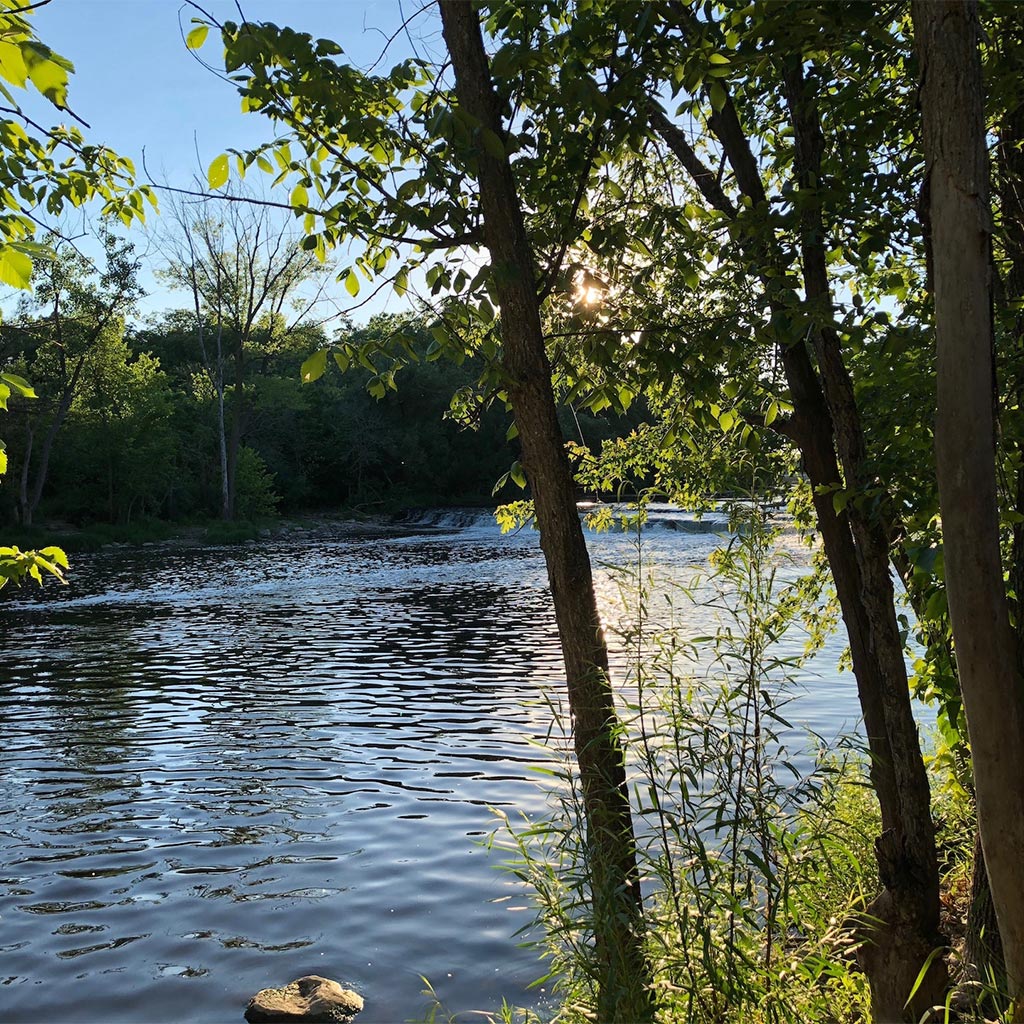
Psychotherapy
Working Together will have trauma-informed therapists available to provide weekly sessions of both individual and group therapy for all residents who choose to participate in this activity. Like in any therapeutic model, sessions will be tapered off and stopped when it has been determined (between the therapist and the client) that it is time to take a break from counseling.
Dr. Carol Schreck & Dr. Peter Schreck,
Co-Clinical Directors of Working Together.
With a particular focus and experience with recovery from trauma, Dr. Carol and Dr. Peter Schreck will be heading up all programs for Psychotherapy at Working Together.
Carol: “I just love to work with people who have been wounded, who have been traumatized and want to grow.”
Peter: “In the last 5-10 years, you can’t read anything about addictions without some reference to trauma.”
The Co-Morbidity of
Addiction & Trauma.
Retired CEO and Business Advisory Board Member, Jim Wiley shares his experience with his own recovery from trauma and addiction.
“I not only had trauma, I was one of the 20% who had PTSD. I medicated my PTSD with drugs and alcohol. To create a trauma-based recovery program, will create much higher rates of success.”
Addiction, Physical Abuse
& Mental Illness.
Business Advisory Board Kevin Mailey, a long-term friend and business associate of Ted Edwards, shares his experience with recovery from alcoholism after growing up in a family with mental illness and physical abuse. “What I didn’t know at the time was that trauma, that memory, was put into a freezer with all the emotions, because it was too much to deal with.”
Understanding Recovery
from Sexual Assault.
A member of Board of Directors, Dr. Mary Gibbons is a family physician and the former Medical Director of The Sexual Assault Center at Harborview Hospital in Seattle, Washington. Dr. Gibbons evaluated over 2000 children for the concern of sexual abuse. “I don’t believe we can become our best selves by ourselves. We need others with insight and wisdom to help us get out of the places that we struggle.”
Experiential Learning & Team Building
with the Ropes Course.
With a Masters in Counseling Psychology, Neill Edwards will be the Director of Experiential Learning where he will work with both the residents of Working Together and outside organizations. He taught at Temple University, with an emphasis on organizational development, team building, and conflict resolution. “The Ropes simply give us a forum and a non-threatening fun and relaxed way to talk about trust. We’re going to build a state-of-the-art ropes course at Working Together for team building.”
The Property
Working Together has acquired a beautifully wooded and remote 120-acre parcel that is the former home of a non-profit organization identified as Fellowship Farm. ‘The farm,’ as it become known to its supporters, was formed in 1950 and had a rich history of racial and social justice. Sadly, it had to close ten years ago, as they could not financially sustain their operations.
Martin Luther King visited in 1961 and congressmen John Lewis was the 75th anniversary speaker. Counted among their financial supporters and who were also visitors to the farm, were anthropologist Margaret Meade, Harry Belafonte, Benny Goodman, and Frank Sinatra. After acquiring the site in 2021, Working Together began the process of restoration as the property had been fallow and unoccupied for over ten years. The property will be open to accept its’ first students in the later part of 2023.
The Property. “Before and After’ Renovations.
Future Plans
The current site of Working Together hosts a total of six buildings, some of which are completely restored and and furnished and others in various states of restoration. The existing structures include:
Office Building: The 3000 sq. ft. office building is completely restored and furnished. The first floor is a combination of 3 private offices, an open office area to house 10-12 people in work stations, and 2 conference room/meeting rooms and bathrooms. The second floor has 3 offices for psychotherapy (including a waiting room). The three offices will also double as rooms for music instruction.
Two Stone Houses: There are two beautiful ‘fieldstone’ houses that are currently being restored. WT is currently restoring the first house which is anticipated to be completed in late 2024. WT is currently restoring the first house which is anticipated to be completed in early 2025. The improvements will include all new HVAC, new windows (that will be code compliant for egress), new cedar siding, and new bathrooms and plumbing. Upon completion of the construction, the entire house will be painted and carpeted. The second stone house will also be renovated in late 2024 where some of the less critical improvements will be done by the existing students who will be living in the first house.
Cottage Converted to a Workshop: An existing 1200 sq ft. cottage has been repurposed into a workshop and tool storage facility. This building will eventually be demolished. In its place a a new conference center will be constructed in approximately five years.
Pavilion: An existing 1500 sq. ft. pavilion has been enclosed and repurposed as a temporary storage area for valuable including donations of furniture, art, bedding, and equipment. By late 2024, it is anticipated that this area will be converted into an exercise facility. Much of the work can be done by the students as it will consist of basic construction like the installation of drop ceilings, insulation, lighting, drywall, and painting.
Dining Hall: As the newest of all the buildings, the Dining Hall has seating for 135-150 people which includes a commercial kitchen. The use of this building will be multi-faceted which will include 1) hosting various workshops, trainings, and conferences, 2) church services on Sundays, 3) Alcoholics Anonymous and Narcotics Anonymous meetings in the evenings, and 4) trainings and meetings for the students of WT. All these events will be revenue productive to Working Together which will support the mission and operating expenses of the organization.
New Construction
Two Stone Houses: There are two beautiful ‘fieldstone’ houses that are currently being restored. The stone work on both houses has recently been ‘pointed.’ WT is currently restoring the first house which is anticipated to be completed at the end of 2024. The improvements will include all new HVAC, new windows (that will be code compliant for egress), new cedar siding, and new bathrooms and plumbing. Upon completion of the construction, the entire house will be painted and carpeted. The second stone house will also be renovated in 2024, where some of the less critical improvements will be done by the existing students who will be living in the first house.
Residence Building: This is the first major building project planned for sometime in 2025. The plans call for constructing a three-story residential facility that will house up to 155 students with a number of additional meeting rooms and classrooms. There will also be 3-4 750 sq. ft. ‘apartments’ for staff members who will live on site. WT has already identified a local community bank that has expressed interest in writing long term mortgages for this facility once Working Together is in operation.
Dining Hall Expansion: This is the second major construction project that is anticipated to be done in 2026. A 3000 sq foot expansion is planned which will include space for a bigger kitchen with new and expanded bathrooms. There will also be space to meets specific student needs that will include a barbershop/hair salon, and a medical suite. All of the existing kitchen and bathrooms will be torn out and converted into additional seating area which will be increased to approximately 250 seats. The existing drop ceiling will be removed to produce a ‘vaulted ceiling look.”
Working Together will eventually expand its student population to a total of 155 students that has already been approved by the township zoning and hearing board. The primary purpose of this expansion is to increase the seating capacity for the expanding student population. Its’ secondary function will be to expand the capacity to host workshops, trainings and conferences, until the conference center is constructed. WT will seek gifts and grants to construct this facility.
Conference Center: Eventually, a newly constructed conference center will accommodate up to 300 people for meetings which will also double as a wedding venue and chapel on Sunday. It is anticipated that this will be a significant source of revenue to offset operational expenses. It is anticipated that WT shall construct this new facility in approximately 5 years and intends to seek foundational and private gifts to fund this specific project.
Administrative & General-Purpose Building: This is anticipated to be the last building to be constructed. This building will have 1) classrooms for student instruction, 2) a library and quiet room, 3) rooms for psychotherapy that will double as rooms for music instruction, 4) an entire floor to accommodate the office area needed to run all of the social enterprises. and 5), and a basement area that will be for wood & metal shop and additional space for hobbies. WT has already identified a local community bank that has expressed interest in writing long term mortgages for this building once Working Together is in operation.

How We Fund Our Operations
Working Together will start with three social enterprises when open in the second quarter of 2024 with their first 22 students. They will be an Automotive Repair Shop, a Moving Company, and a Tree Service Enterprise. Additional revenues will also be earned with the existing Ropes Challenge Course already constructed, and various workshops, trainings, and conferences that will be held on campus.
How You Can Support Working Together
Working Together is seeking both gifts and loans. If you would like more information and would like to speak to someone, contact:
Ted Edwards, Executive Director
Ted@WorkingTogether.work
610 329 0178
There are two ways you can support our organization:

Make a Donation
If you are interested in making a gift to Working Together, please make out a check to Working Together PA, Inc and send to:
Working Together
2488 Sanatoga Road
Pottstown, Pa 19464
Make a Loan
Working Together is offering promissory notes where interest is paid quarterly at 8% for years 1-3. Principal and interest will be paid in years 4-5. Click here for promissory note.
If you are interested in a promissory note with Working Together, please make out a check to Working Together PA, Inc and send to:
Working Together
2488 Sanatoga Road
Pottstown, Pa 19464
We will then send you an executed promissory note.
Supporting Working Together
If you have any questions about making a gift or a loan, you can also fill out the following form so we can contact you.
Working Together holds all personal information completely confidential. We will never forward this information to any third party.

